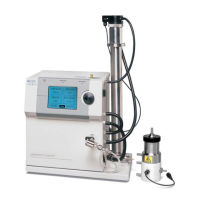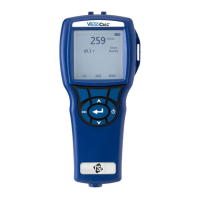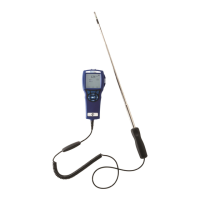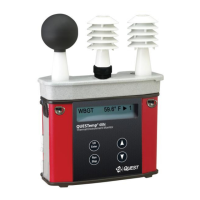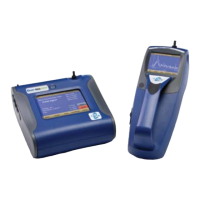B-1
APPENDIX B
Theory of Operation
This appendix describes the theory of operation and working
equations for the individual instruments that make up the
Scanning Mobility Particle Sizer
™ (SMPS™) Spectrometer.
Introduction
The SMPS™ spectrometer measures the size distribution of
submicrometer aerosols using an electrical mobility detection
technique. The particles are classified with a Model 3080
Electrostatic Classifier with a Model 3081 Long DMA, or a Model
3085 Nano DMA. The particle concentration is measured with a
Model 3772, 3775, 3776, 3010, 3022A, 3025A Condensation
Particle Counter (CPC), 3782, 3785, or 3786 Water-based
Condensation Particle Counter (WCPC). The SMPS
™ spectrometer
is automated with a personal computer that controls the individual
instruments and performs data reduction using the Aerosol
Instrument Manager
®
Software for SMPS™ spectrometer.
History
Electrical mobility techniques have been used to measure the size
distribution of aerosols since the work of Rohmann [1923]. The
differential mobility analyzer (DMA) was developed and used
initially for electrical mobility measurements of submicrometer
particles [Hewitt, 1957].
Liu and Pui [1974] used the differential mobility analyzer with a
bipolar charger to produce monodisperse aerosols of known size.
Their design was used to develop the first commercial DMA, the TSI
Model 3071 Electrostatic Classifier. Not long after the development
of the DMA, Knutson and Whitby [1975] incorporated the DMA into
a particle-sizing system. The commercial system is known as the
Model 3932 Differential Mobility Particle Sizer (DMPS).
